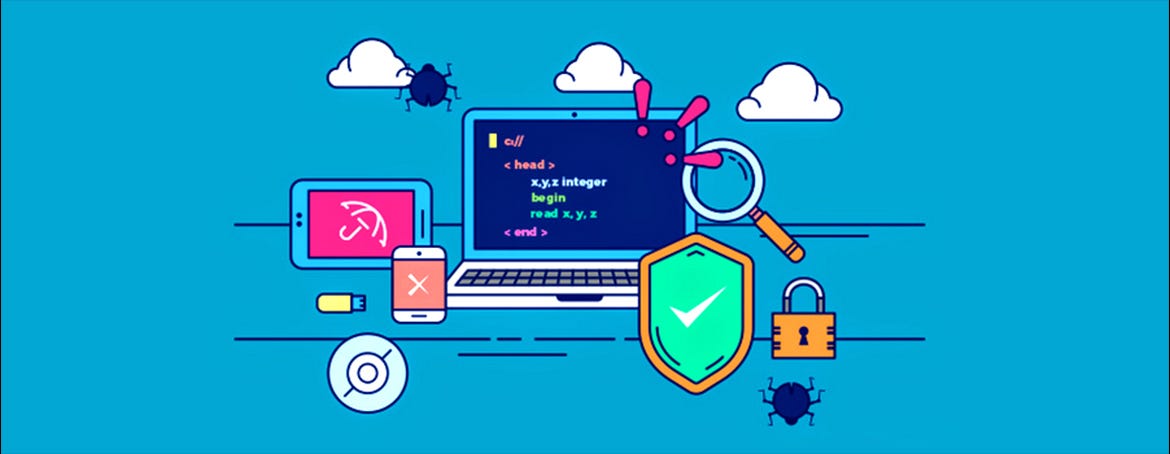Strategies for Efficient Software Testing and Essential Paths for API Testing
As software applications become more complex, efficient testing becomes increasingly essential. In this issue, we will explore strategies for improving your testing process and essential paths for API Testing that Software Development Engineers in Test (SDET) should know.
Section 1: Strategies for Efficient Software Testing
Testing is an integral part of software development, and improving your testing process can save time, and money, and improve the overall quality of your product. Here are our top 5 strategies for making the most out of your testing efforts:
Shift Left Testing: By testing early in the software development lifecycle, you can identify defects and issues before they become costly problems down the line. This approach saves both time and money while also improving the overall quality of the product.
Test Automation: Automating your tests can save significant time and resources while providing more accurate and consistent results. Look for areas of your testing process that can be automated, such as regression testing or load testing.
Collaboration and Communication: Encourage collaboration between your testing team and other teams involved in the software development process, such as developers and product managers. Clear communication can help ensure that everyone is on the same page and that issues are promptly addressed.
Continuous Integration and Delivery: Implementing continuous integration and delivery can streamline your testing process and improve your releases' overall speed and quality. By automating the build and deployment process, you can reduce the risk of errors and speed up the time it takes to get new features into production.
Metrics and Reporting: Tracking key metrics and providing regular reporting can help you identify trends and areas for improvement in your testing process. Use data to measure your progress and make data-driven decisions to optimize your testing efforts.
By implementing these strategies, you can improve the efficiency and effectiveness of your software testing process while also improving the overall quality of your products. Give them a try and see the results for yourself!
Section 2. Essential Paths for API Testing
As software testers, we understand that APIs are the backbone of modern web applications. Exploring APIs is an important part of testing and requires careful attention to details beyond the core business logic. Here are some discovery paths that are essential to explore during API testing:
Validation of the Request Contract: Ensure the API rejects invalid data formats.
Authentication: Test whether authentication mechanisms such as tokens in the request header ensure security.
Permissions: Test whether admin or customer executives have the appropriate permissions to perform certain tasks.
Backward Compatibility: Test on both new and old versions of API contracts to ensure compatibility.
HTTP Status Codes: Ensure status codes returned for technical and business failures are relevant.
Thoroughly exploring these paths ensures that the API is performing as expected and is ready for use by end users. Thorough API testing can prevent security vulnerabilities and ensure that the application runs smoothly.
In conclusion, improving the software testing process is crucial for the success of any software development project. By implementing the strategies discussed in this issue, such as shift left testing, test automation, collaboration and communication, continuous integration and delivery, and metrics and reporting, you can streamline your testing process and improve the overall quality of your product. Additionally, exploring essential paths for API testing, such as validation of the request contract, authentication, permissions, backward compatibility, and HTTP status codes, is critical to ensuring the application is secure and running smoothly. By incorporating these testing strategies into your development process, you can reduce errors, save time and money, and create a better experience for your end users.




